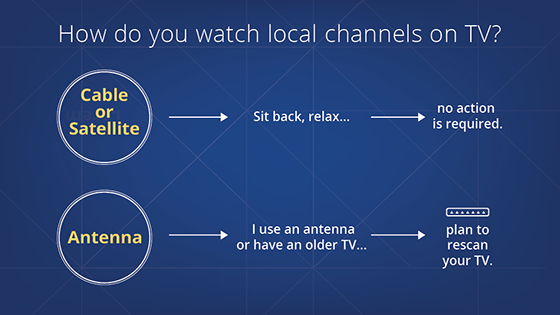Some Ideas on Apollo Group Tv You Need To Know
Some Ideas on Apollo Group Tv You Need To Know
Blog Article
How Apollo Group Tv can Save You Time, Stress, and Money.
Table of ContentsNot known Facts About Apollo Group TvGetting My Apollo Group Tv To WorkThe 4-Minute Rule for Apollo Group TvWhat Does Apollo Group Tv Do?
In this scenario, rather than having three-minute industrial places during a 30-minute tv program, TV shows might transform to one where a consumer will be called for to have a monthly subscription, so that they cen sight targeted banner advertisements. This sort of advertising already takes place on the net, and the quantity of data television business accumulate allows them to do much the very same.Define the significant fads amongst the broadcasting and cable television networks. Popular radio shows such as authorities dramatization Dragnet and western cowboy series Gunsmoke were adjusted for tv, and brand-new TV programs were funded by single advertisers, just as radio programs had actually been.
Today, the television sector is much more intricate. Programs are sponsored by multiple marketers; programs is managed by significant media empires; and the three major networks no more dominate the airwaves yet rather share their viewers with various cable channels. A number of factors represent these trends within the market, consisting of technical growths, government policies, and the development of brand-new networks.

Some Of Apollo Group Tv
Developed in 1969, (PBS) established out of a report by the Carnegie Compensation on Educational Tv, which examined the role of educational, noncommercial television on culture. Public tv was additionally meant to give universal access to television for audiences in country locations or customers who might not afford to pay for personal television services.
The duration between 1950 and 1970 is historically recognized as the. Apart from a small portion of airtime controlled by public tv, the three major networks (called the Big 3) controlled the television industry, collectively making up greater than 95 percent of prime-time watching. In 1986, Rupert Murdoch, the head of multinational firm News Corp, introduced the Fox network, testing the prominence of the Big Three.
Targeting young and minority target markets with programs such as Buffy the Vampire Slayer, Moesha, Dawson's Creek, and The Wayans Bros., the brand-new networks intended to draw stations away from their old network associations. Rather than duplicating the success of Fox, UPN and WB struggled to make an influence. Not able to attract numerous affiliate terminals, the two recently established networks got to fewer households than their bigger rivals because they were inaccessible in some smaller sized cities.
This decision paved the way for the advancement of wire flick networks, adding to the rapid development of cable in the 1980s and 1990s. apollo group tv app. Additional deregulation of cable television in the 1984 Cable Communications Policy Act got rid of limitations on cable rates, making it possible for operators to bill what they desired for cable services as long as there worked competition to the solution (a requirement that over 90 percent of all cord markets could meet)
The Greatest Guide To Apollo Group Tv

Having produced the very first "superstation," Turner broadened his world by founding 24-hour information network CNN in 1980. At the end of the year, 28 nationwide shows solutions were readily available, and the cord transformation had actually begun. Over the next decade, the industry underwent a period of quick development and appeal, and by 1994 viewers can select from 94 fundamental and 20 premium cable television solutions.
Figure 9 - https://gravatar.com/cheerfullyamphisbaena2058526857.16 Increased competitors from wire networks has triggered a steady decrease in the networks' target market scores. During the 1950s, the cost of creating a solitary tv show increased as programs became longer and production expenses rose. Sponsorship on network tv moved from solitary sponsorship, in which a program was completely sustained and produced by one marketer, to multiple sponsorship, in which marketers purchased 1- or 2-minute spots on the program
Choose one of the Big Four networks and print out its once a week programming timetable. See the network's prime-time programs over the course of a week, noting the target group for each program.
The Facts About Apollo Group Tv Uncovered

Direct television, usually described as traditional program television, incorporates cable television and satellite tv. It's called "straight" due to the fact that web content adheres to an established programs schedule, unlike on-demand material which the individual audience decides to watch based on their very own preferences and routine. When you ask, "What is direct TV?", think about it as the timeless method of watching television that has been around for decades.
Report this page